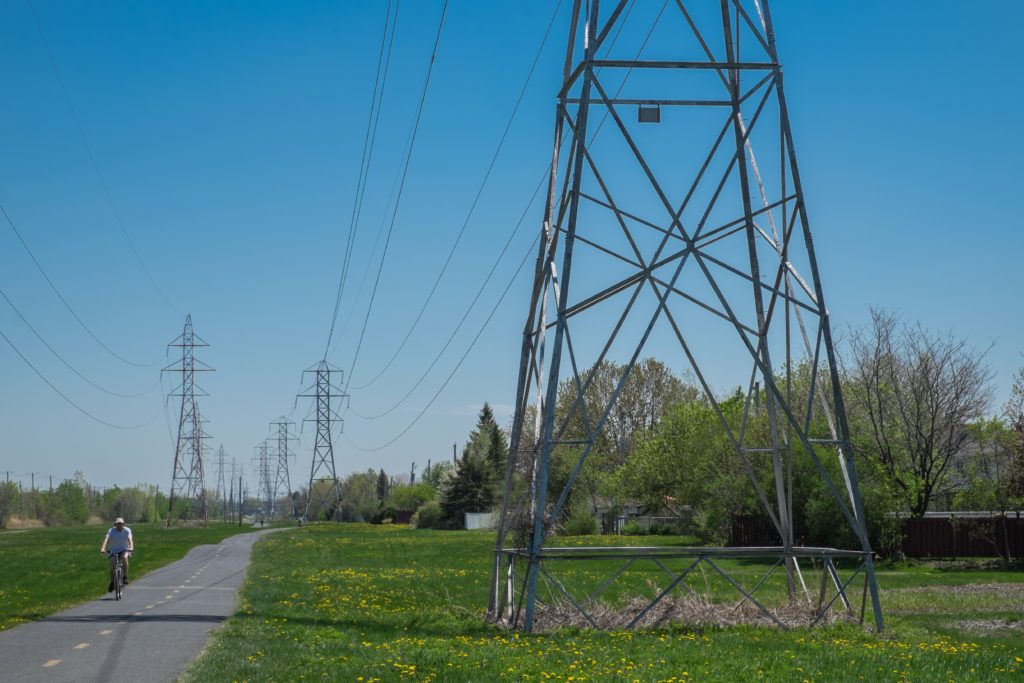
The Solar Energy Industries Association (SEIA) has released a whitepaper outlining the reforms it believes are needed to the US interconnection system, in which it lays out a series of proposals for both regional transmission organisations (RTO) and the US-wide Federal Energy Regulatory Commission (FERC).
SEIA said “outdated interconnection policies pose a major threat to solar and storage deployment” across the US and that policies “have not kept pace” with the demands of a new energy market that has seen interconnection applications for solar and storage “skyrocket”.
Try Premium for just $1
- Full premium access for the first month at only $1
- Converts to an annual rate after 30 days unless cancelled
- Cancel anytime during the trial period
Premium Benefits
- Expert industry analysis and interviews
- Digital access to PV Tech Power journal
- Exclusive event discounts
Or get the full Premium subscription right away
Or continue reading this article for free
Poor policy planning, an outdate grid system and a lack of investment has prevented thousands of gigawatts of solar PV from joining the grid and contributing to the decarbonisation of the US’ power system, SEIA said.
Only last week (8 June), the US Department of Energy launched an initiative, dubbed i2X, to ease the US’ massive interconnection queues, reduce wait times and lower grid connection costs. At the time, Secretary of Energy Jennifer Granholm said there was about 7,000GW of solar PV currently sat in queues.
As a result, SEIA has proposed a number of measures – regional and federal, near and long-term – to address the issue.
For RTOs, SEIA recommended they “add staff, adhere to interconnection timelines and advance needed policies related to planning, forecasting and standards to ensure progress is made toward state and national clean energy goals”.
It also called on RTOs and utilities to automate and standardise processes where appropriate and collect more information about infrastructure upgrade costs for all types of projects and make them accessible to developers.
When it comes to interconnection reform for utility-scale projects, SEIA urged FERC to standardise queue management requirements across RTOs and require each RTO to “make better transmission system operating information more accessible to interconnection customers” and “explore alternate models for paying for network upgrade costs.”
At the distribution level, SEIA said state regulators should require each distribution utility to improve their planning system and perform proactive forecasting and scenario development, while also providing greater transparency and accuracy of interconnection estimates of infrastructure upgrade costs using hosting capacity maps.
On a federal level, FERC should reform cost sharing for infrastructure upgrades, splitting costs between interconnection customers and other system beneficiaries as well as increasing project maturity requirements to enter interconnection queues, SEIA said.
Indeed, FERC is today expected to publish a proposed rule that will cover many of the topics raised in SEIA’s whitepaper.
“If we don’t make major strides on interconnection reforms in the next few years, it will be impossible to achieve our more aggressive state and national clean energy goals,” said Sean Gallagher, vice president of state and regulatory affairs at SEIA.
“Improving project interconnection must become an urgent priority for the FERC, distribution utilities and state commissions if we want to build an equitable clean energy economy this decade.”






